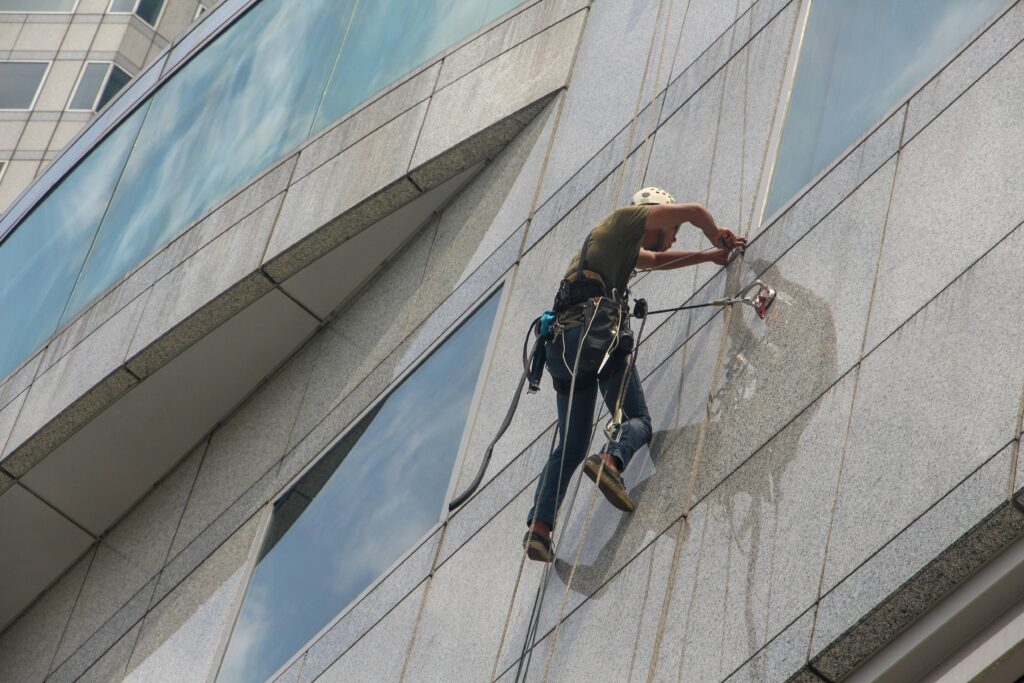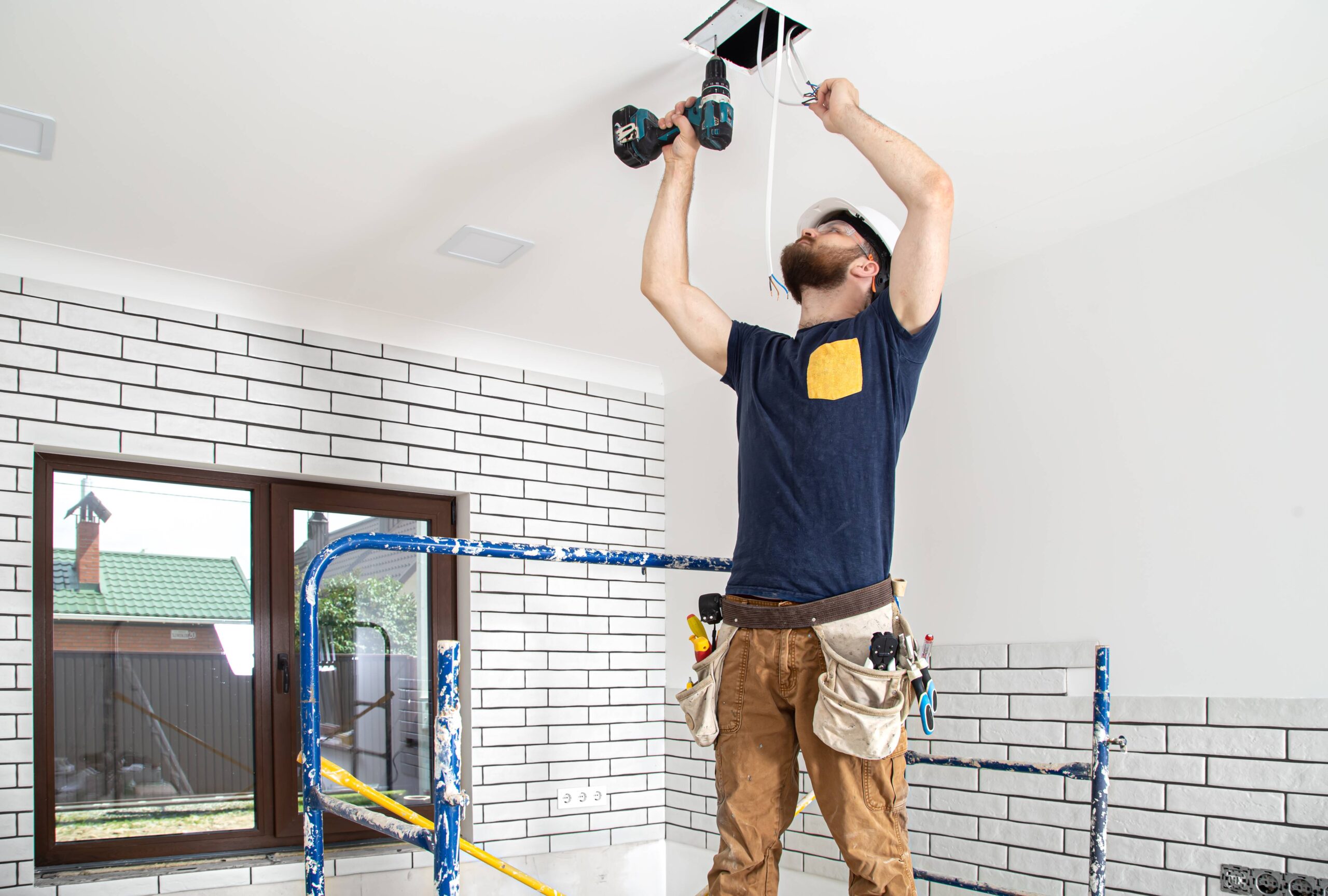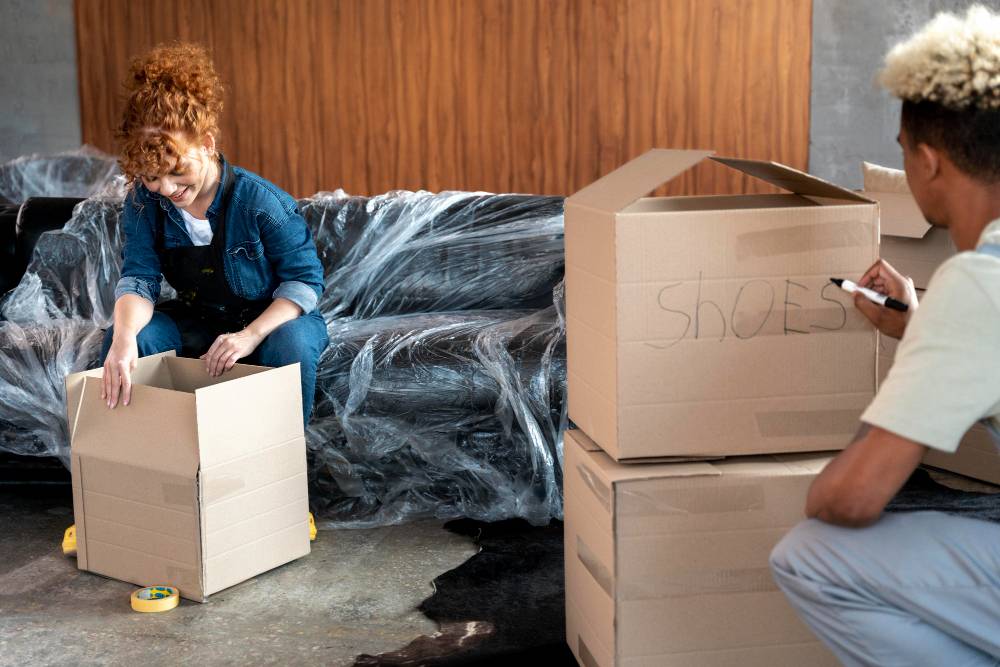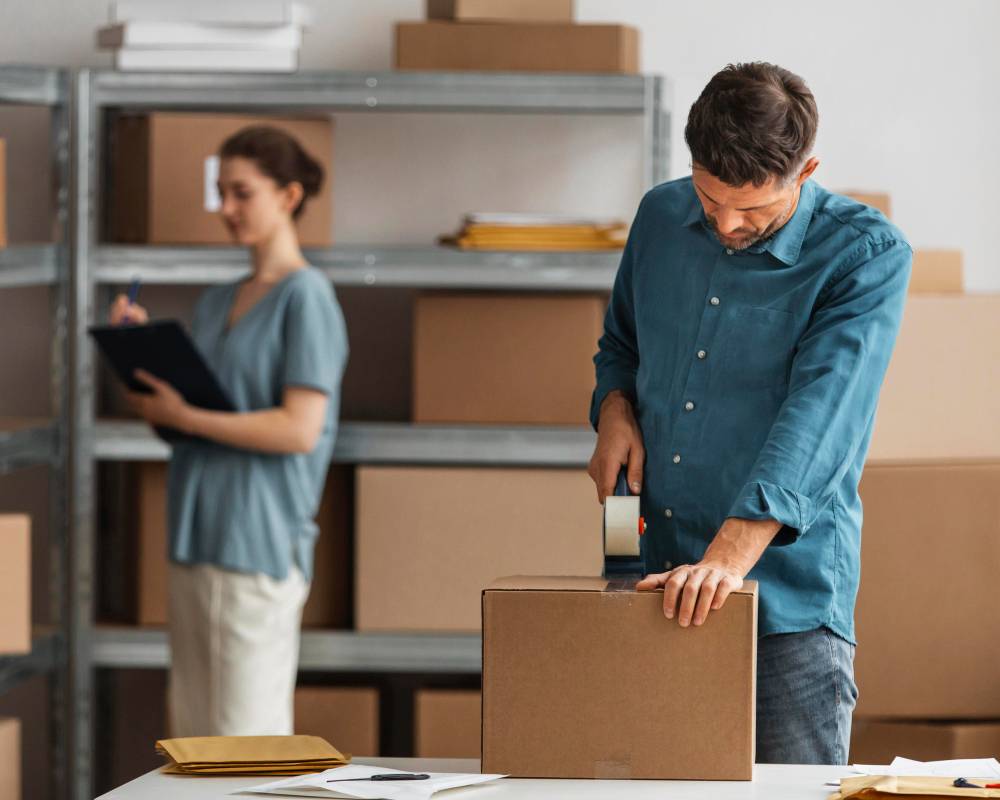Introduction
The exterior of your business property is its first impression; a silent ambassador representing your brand’s values and professionalism.
Yet, many business owners underestimate the importance of regular exterior maintenance, often prioritizing interior updates over the facade.
Neglecting this critical aspect can lead to costly repairs, safety hazards, and a tarnished reputation.
In this article, we will delve into why consistent exterior maintenance is essential for business properties, exploring its impact on aesthetics, safety, financial health, and environmental sustainability.
What Is Exterior Maintenance?
Exterior maintenance refers to the routine inspection, cleaning, and repair of a property’s outdoor elements.
This includes the building’s facade, roofing, windows, landscaping, lighting, parking lots, and pathways.
The goal is to preserve the property’s structural integrity and visual appeal while preventing future damage.
Key Components of Exterior Maintenance
- Cleaning: Includes power washing surfaces, cleaning windows, and removing debris from gutters and roofs.
- Repairs: Fixing cracked pavement, sealing leaks, and replacing damaged siding or roofing materials.
- Landscaping: Ensuring that lawns, shrubs, and trees are trimmed and healthy.
- Painting and Sealing: Prevents weather damage and enhances the building’s appearance.
- Lighting Maintenance: Ensures that all outdoor lighting is functional and energy-efficient.
Enhancing Curb Appeal and Brand Image
Why Appearance Matters?
For businesses, the exterior of a property is akin to packaging for a product. A well-maintained exterior signals professionalism, reliability, and attention to detail.
On the flip side, peeling paint, cracked walkways, or unkempt landscaping can deter clients and diminish trust in your brand.
The Role of Landscaping in Curb Appeal
A vibrant and organized landscape immediately elevates a property’s appearance. Seasonal flowers, trimmed hedges, and clean pathways create a welcoming environment that attracts customers and clients.
Lighting as a Visual and Functional Element
Outdoor lighting not only adds a layer of safety but also highlights architectural features and landscaping, making the property stand out even after dark.
Preventing Costly Repairs and Damage
The Hidden Costs of Neglect
Minor issues, such as clogged gutters or small cracks in the pavement, may seem insignificant. However, when ignored, they can escalate into major problems requiring costly repairs.
For example, clogged gutters can lead to water damage, while cracked pavement poses safety risks and liability concerns.
Benefits of Proactive Maintenance
- Early Detection of Problems: Routine inspections catch issues before they become severe.
- Cost Savings: Preventive measures are far less expensive than emergency repairs.
- Extended Lifespan of Structures: Regular upkeep ensures that roofing, siding, and other materials last longer.
Ensuring Safety and Accessibility
Addressing Potential Hazards
Poorly maintained exteriors can lead to accidents. Slippery pathways, loose handrails, or poor lighting increase the risk of injuries, potentially leading to legal liabilities.
Compliance with Accessibility Standards
Business properties must adhere to regulations, such as the Americans with Disabilities Act (ADA), which mandates accessible entrances and pathways. Regular maintenance ensures compliance and avoids penalties.
Boosting Property Value
Impact on Real Estate Valuation
A well-maintained exterior significantly boosts a property’s market value. Prospective buyers or investors are more likely to view the property as a low-risk, high-value asset.
Long-Term Return on Investment
Regular maintenance may seem like a recurring expense, but it pays off by enhancing the property’s longevity and appeal, ensuring better returns if you decide to sell or lease it.
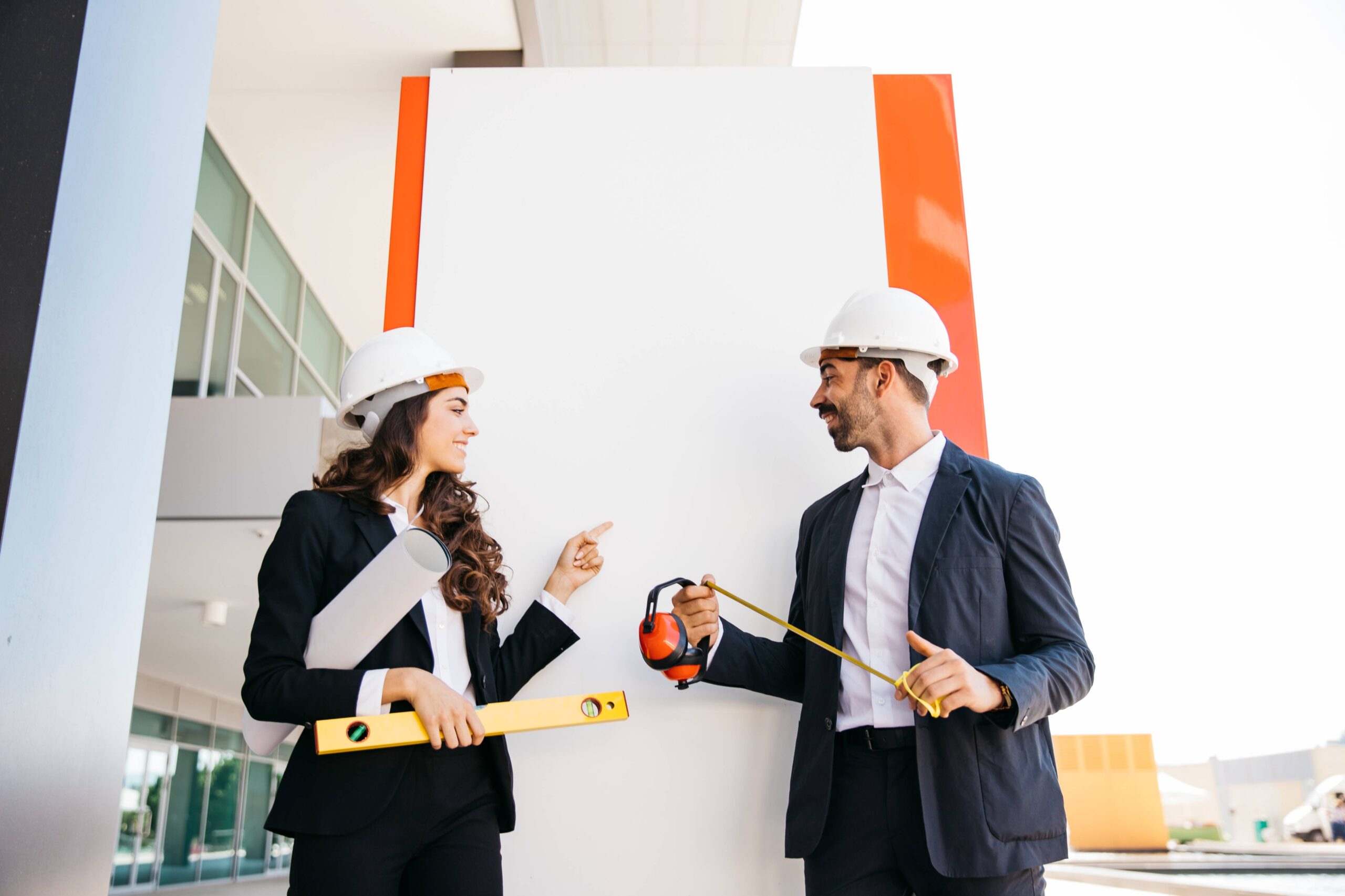
Improving Energy Efficiency
The Role of Insulation and Sealing
Properly sealed windows and doors prevent energy loss, reducing heating and cooling costs. Exterior maintenance ensures that cracks and gaps are promptly addressed.
Sustainable Roofing Options
Green roofs or reflective roofing materials not only enhance energy efficiency but also align your property with eco-friendly practices, appealing to environmentally conscious tenants and customers.
Sustainability and Environmental Benefits
Eco-Friendly Landscaping Practices
Using native plants and drought-resistant landscaping reduces water consumption while promoting biodiversity.
Reducing Environmental Impact
Maintaining clean exteriors minimizes pollutants that could enter stormwater systems, ensuring compliance with environmental regulations.
Conclusion
Regular exterior maintenance is an indispensable aspect of managing a business property. It goes beyond aesthetics, contributing to safety, cost-efficiency, sustainability, and overall property value.
Investing in consistent upkeep is not just a responsibility—it’s a strategic move that yields long-term benefits for your business.
